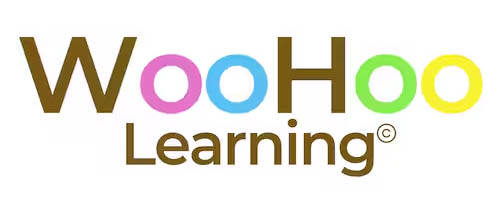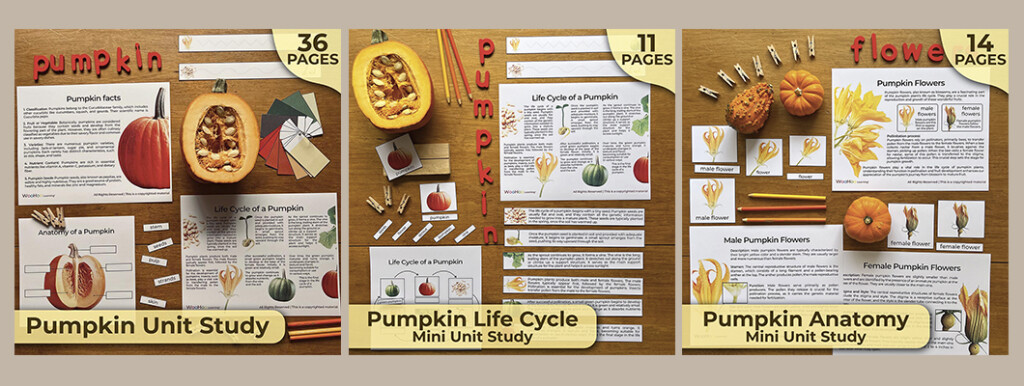During significant seasons like Halloween or autumn, our students often ask us about pumpkins and, generally speaking, they have a fascination with the world of pumpkins. For this reason, I believe that teaching them about this fruit can generate a lot of interest and motivation. That’s why I have designed a complete Montessori-inspired unit about pumpkins.
If you, like me, are passionate about the Montessori methodology, its approach to teaching, and its learning environment, you’ll love working with my pumpkin unit. The way I use my units with my students is very experiential—I bring real objects into the classroom so they can touch, observe, and explore them. This approach, which focuses on the child, encourages learning through experimentation and discovery. Next, I’ll explain how to use this unit with your students.
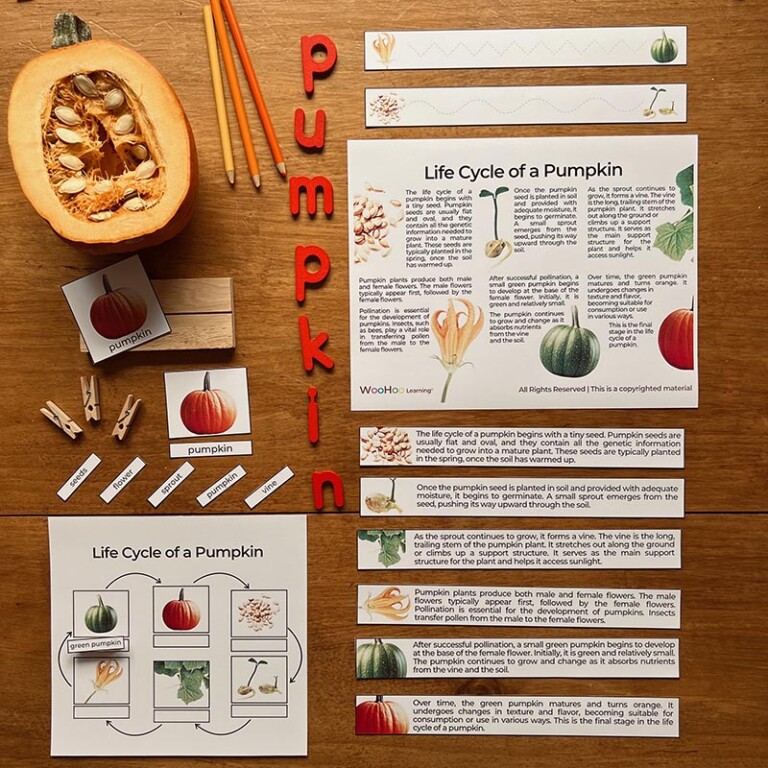
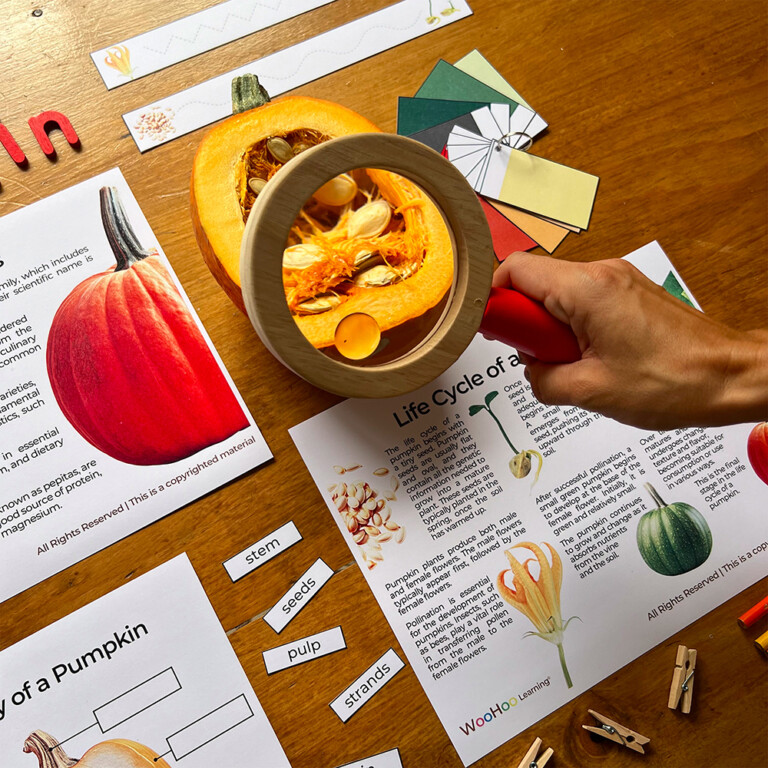
First, I recommend starting with the pumpkin anatomy section. If possible, bring a real pumpkin fruit (or more) into your class so children can examine it up close—touch it, explore it, and engage with it. Before sharing any information, introduce the pumpkin fruit with some guiding questions: “What do you think this is?”, “Do you think this is a fruit?”, “What’s inside?”, “Where do you think it comes from?”.
After the hands-on exploration of the pumpkin, revealing that it is the pumpkin fruit, you can move on to learning about its different parts: stem, pulp, seeds, skin, and strands. The labeled poster will be a great tool to introduce these parts. Then, you can use the 3-part cards to help students work on vocabulary and specific definitions.
"At some given moment it happens that the child becomes deeply interested in a piece of work; we see it in the expression on his face, his intense concentration, the devotion to the exercise"
The Discovery of the Child, Maria Montessori
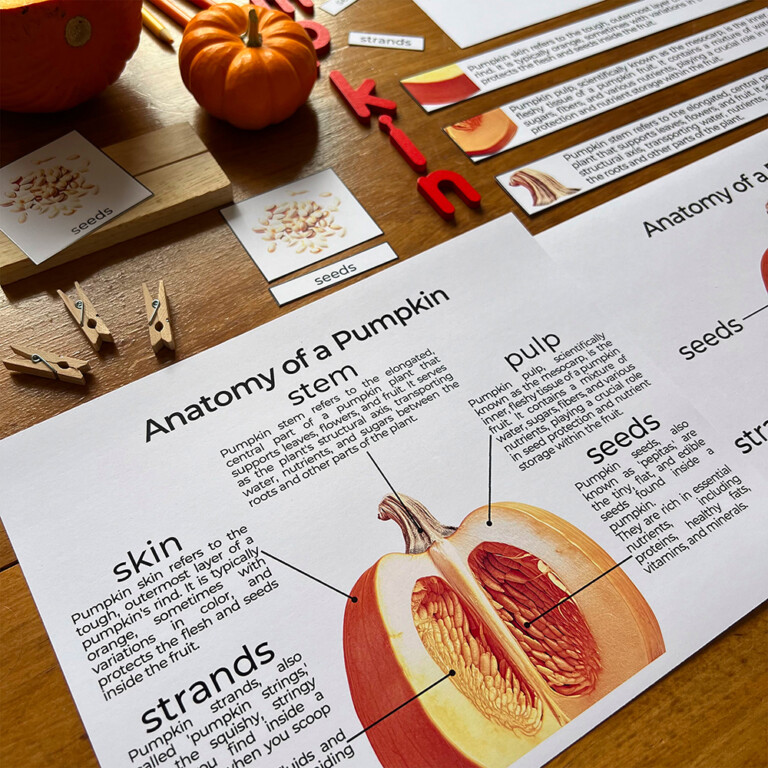
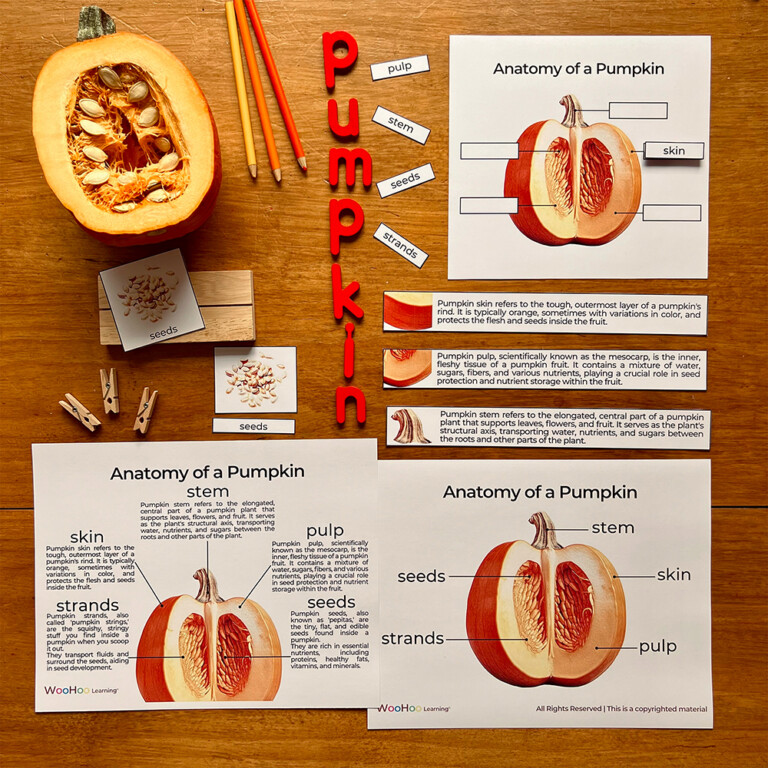
Once the children are familiar with the pumpkin fruit and its anatomy, it’s time to delve into the life cycle of the pumpkin. You can start this section by asking questions like, “Where does the pumpkin fruit come from?”, “Was it always like this, or has it transformed?”. These questions will help students prepare to learn about the six stages of the pumpkin’s life cycle: seeds, sprout, vine, flower, green pumpkin, and mature pumpkin. To support this learning, you can use the definition cards, the 3-part cards, and the 4-part cards with definitions.
Here are some of the elements I’ve used to accompany this unit and their purchase links, in case you’re interested:
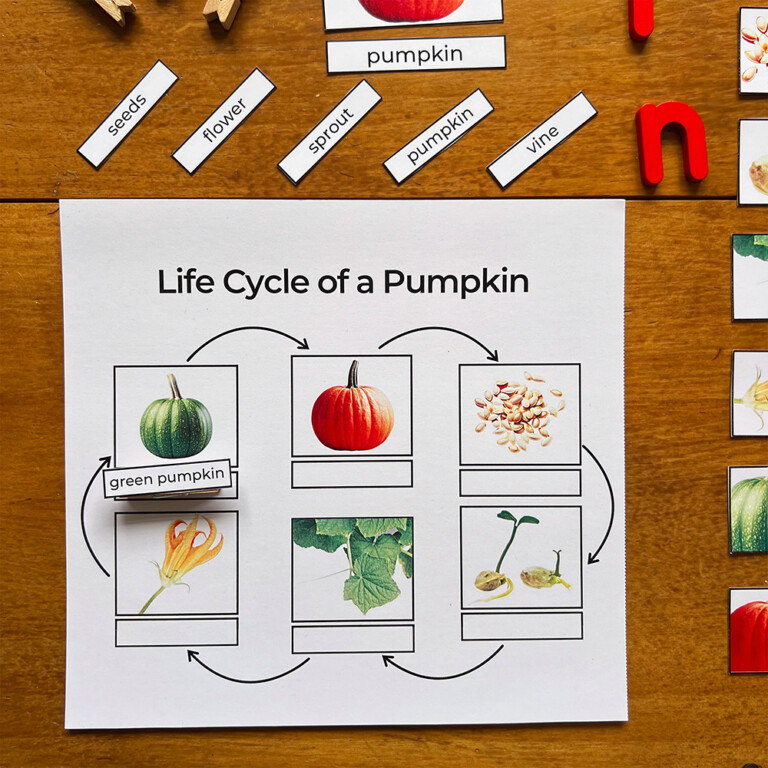
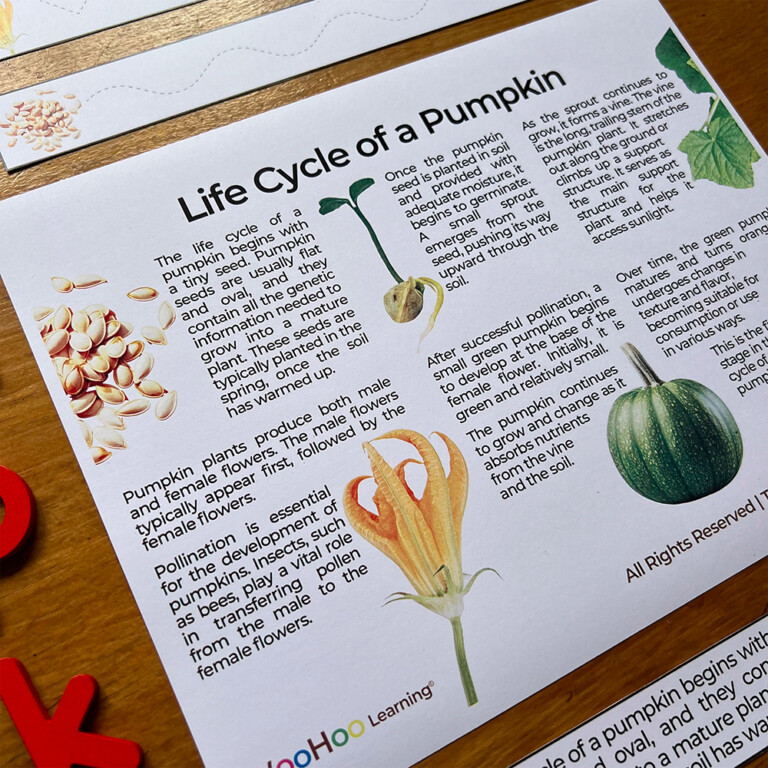
After understanding the anatomy and life cycle of the pumpkin, children will be ready to learn about the pollination process and the different types of flowers: male flowers and female flowers. As always, I suggest starting with some thought-provoking questions: “How do you think pumpkin flowers reproduce?”, “Do you have any idea of how pollination process takes place?“. You might also bring different types of pumpkin flowers to class, allowing the students to touch, experiment with, and hypothesize about why they are different.
Once our students have learned about the anatomy of the pumpkin, the life cycle of the pumpkin, and the pollination process, we can move on to activities included in the unit or explore more about this fruit. For instance, you could delve into interesting facts about pumpkin, or learn some information about the sugar pie pumpkin.
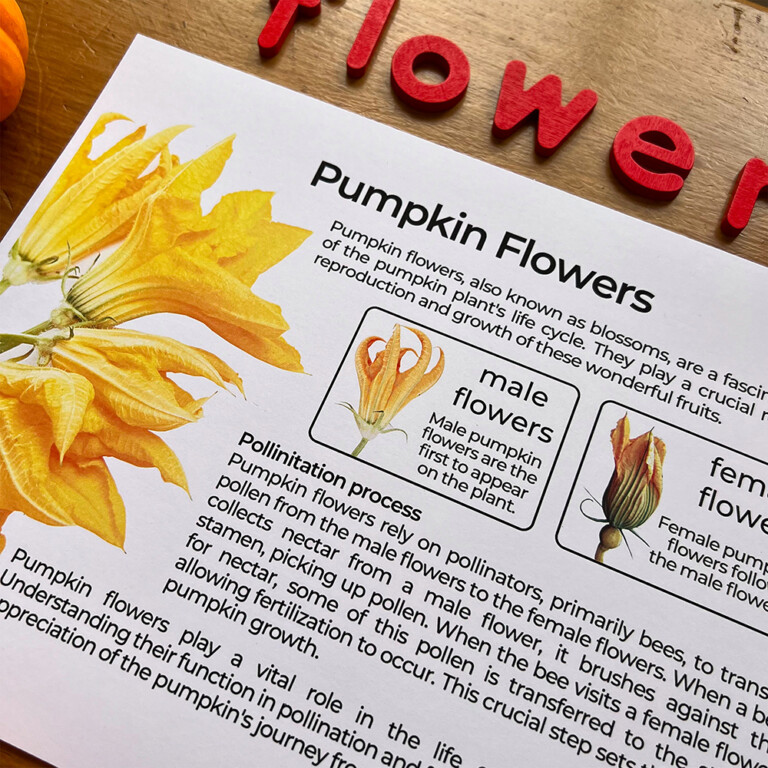
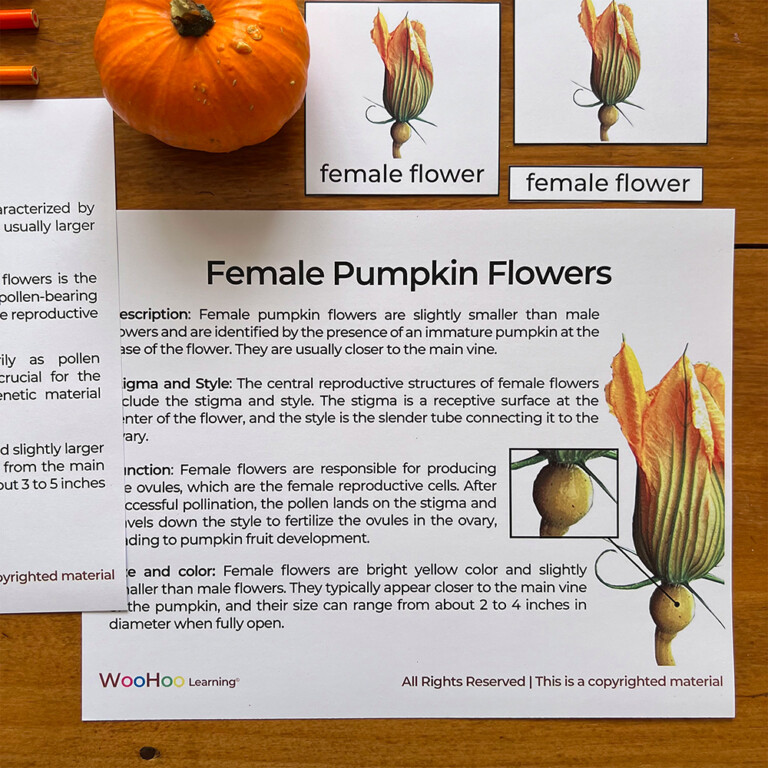
If you’re interested in purchasing my pumpkin unit study, you can find direct access to it below. If you only want a part of the unit, don’t worry, that’s also possible. In total, there are 3 different units available: the complete pumpkin unit, the pumpkin life cycle unit, and the pumpkin anatomy unit.
The complete pumpkin unit consists of 36 pages and contains all kinds of information about pumpkin, including a color pantone, interesting facts, life cycle, anatomy, and pumpkin flowers (male and female). The pumpkin anatomy unit has 14 pages and includes posters, 3-part cards, vocabulary cards, and activities. Finally, the pumpkin life cycle unit has 11 pages and includes posters, 3-part cards, vocabulary cards, and activities.
*If you feel more comfortable making your purchase on well-known platforms, you can also find my products on other e-commerce sites. Here are the links to my Etsy store and my Teachers Pay Teachers store.
